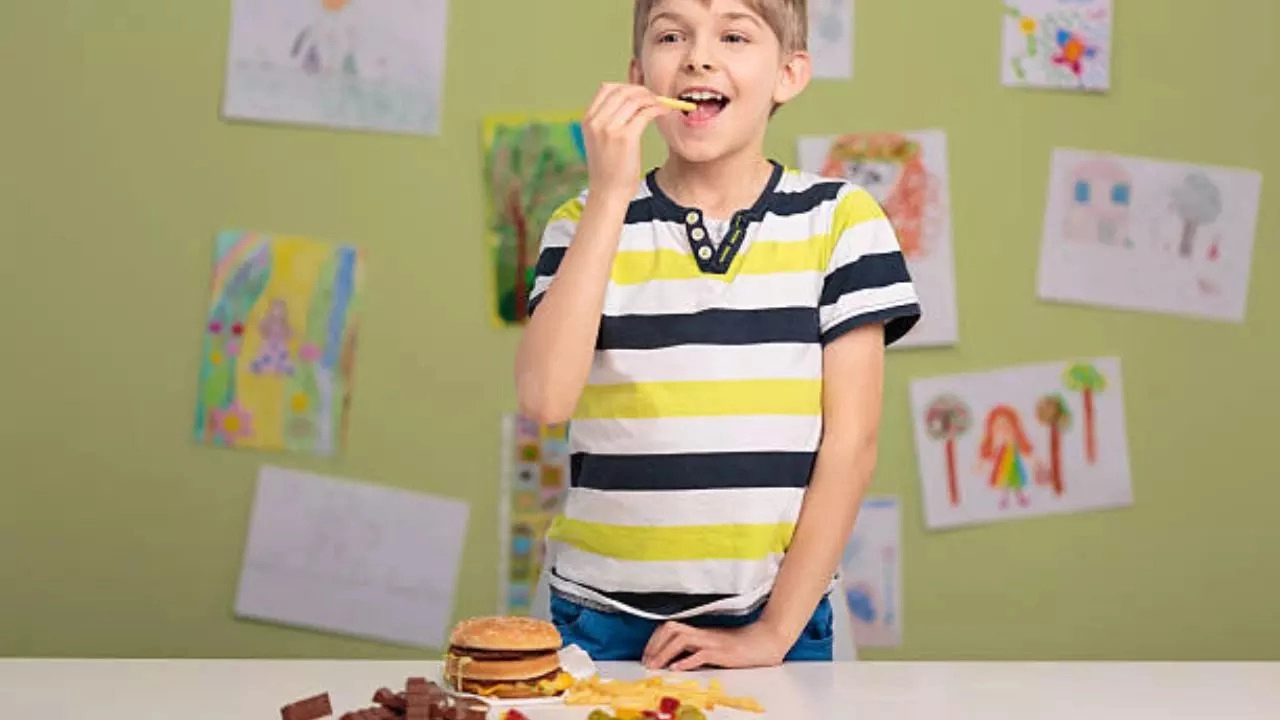Ashima Sharda Mahindra • 01 Sep 2024
California signs landmark bill banning six artificial dyes in foods served by public schools

The bill was introduced by Democratic Assembly member Jesse Gabriel and co-sponsored by both Consumer Reports and the Environmental Working Group
Lawmakers in California have passed a first-of-its-kind bill that would ban six artificial food dyes served in the state’s public schools, sending it to the governor for his signature. The bill - passed by the legislature would prohibit foods and beverages containing synthetic colorings that have been tied to neurological and behavioural issues in kids from being offered to students during regular school hours.
The bill was introduced by Democratic Assemblymember Jesse Gabriel and co-sponsored by both Consumer Reports and the Environmental Working Group, a research and advocacy health organization.
It is expected to become a law – making California the first state to not allow additives in its school cafeterias. The legislation would go into effect in December 2027.
“California has a responsibility to protect our students from chemicals that harm children and that can interfere with their ability to learn,” Gabriel said in a statement. “This bill will empower schools to better protect the health and well-being of our kids and encourage manufacturers to stop using these harmful additives”.
Which additives would be banned in the bill?
The additives that lawmakers seek to ban under the California School Food Safety Act, Assembly Bill 2316, include:
- Red 40
- Yellow 5
- Yellow 6
- Blue 1
- Blue 2
- Green 3
California has the largest public school system
California has the largest public school system in the US – with more than 6.3 million students and 10,000 schools. The bill stems from concerns artificial dyes and colours would harm children’s ability to learn and cause decreased attention.
Gabriel said the US Food and Drug Administration’s current regulations of the dyes in food are based on research that is 35-70 years old. “All the colors listed have recently undergone assessments for safety in food by the JEFCA and were found to be safe for use in food under current use conditions,” the FDA said.
However, the agency will continue to assess the emerging science and ensure the safety of approved colour additives, including by way of hosting a public meeting in September to review the process for post-market assessment of chemicals in food, according to the statement.
Side effects of artificial dyes on children
According to studies, synthetic food dyes are associated with adverse neuro-behavioural effects like:
- Inattentiveness
- Hyperactivity
- Restlessness
- Adverse behavioural outcomes
How to avoid chemicals and artificial colours in food?
If you want to lessen the potential impacts of these dyes on your child’s health, you can help avoid them by checking the ingredient lists of any products you buy - particularly packaged foods, which are typically ultra-processed as well.
Also, various alternatives do not contain artificial food dye. Stop buying sodas, juices, or sports drinks for your kids.
Get Latest News Live on Times Now along with Breaking News and Top Headlines from Health and around the world.